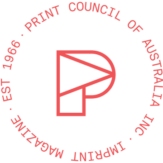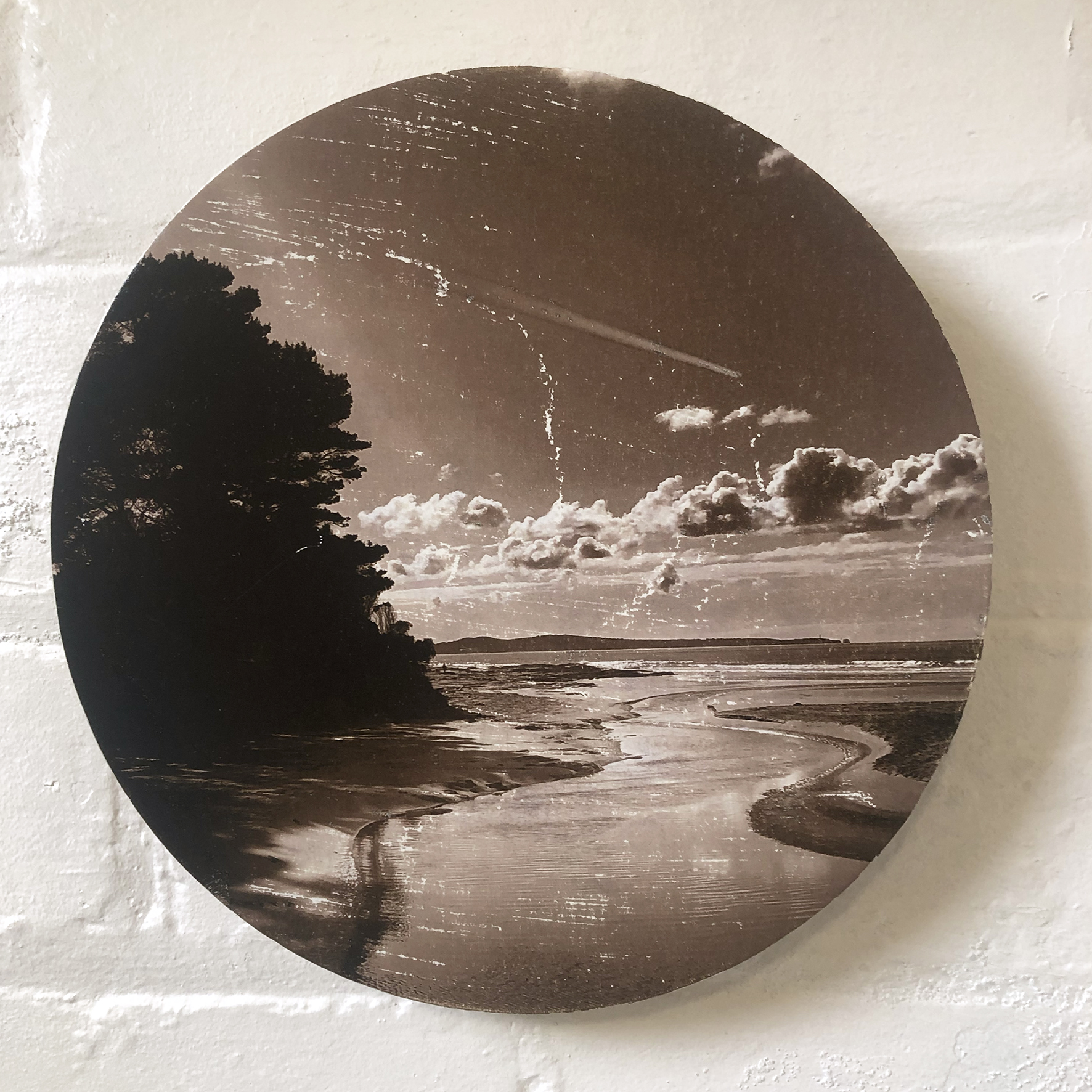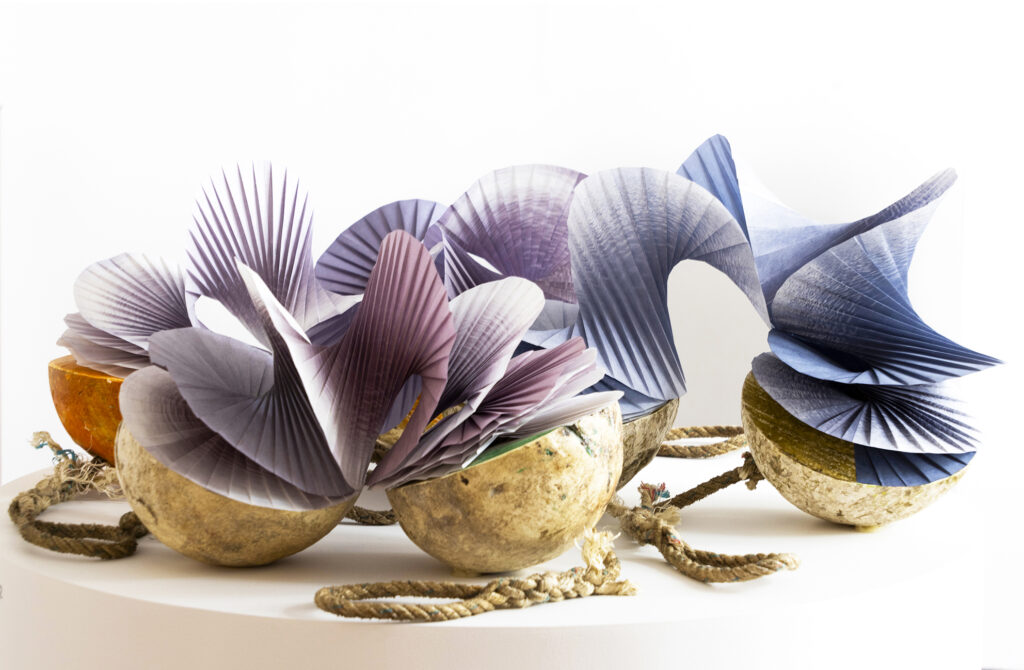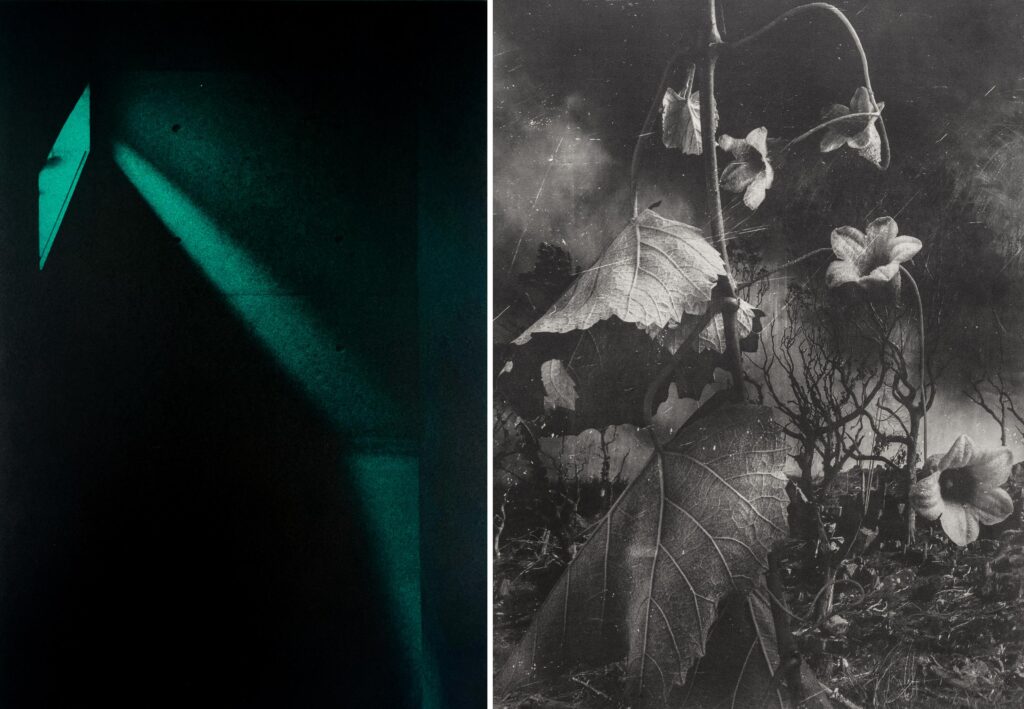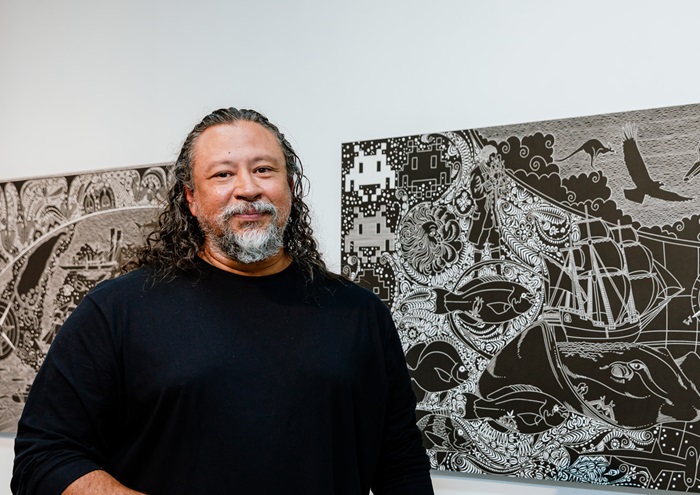Above:
Melissa Proposch, Family Tree I
Below:
Melissa Proposch, Distant Cousins I
Melissa Proposch, Distant Cousins II
Melissa Proposch, Distant Cousins IV
Melissa Proposch, Distant Family III
Melissa Proposch, Family Tree III
All images © and courtesy of the artist
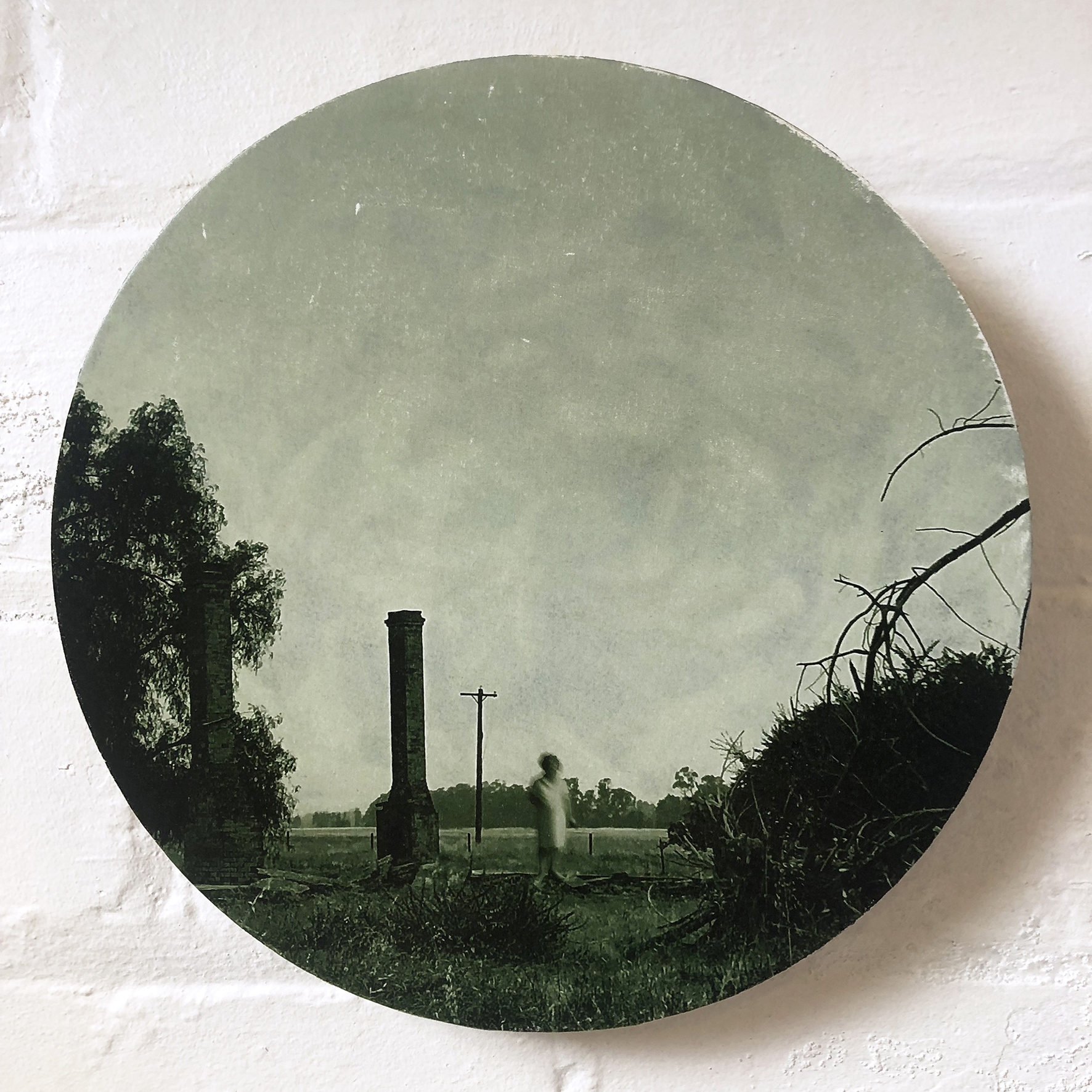
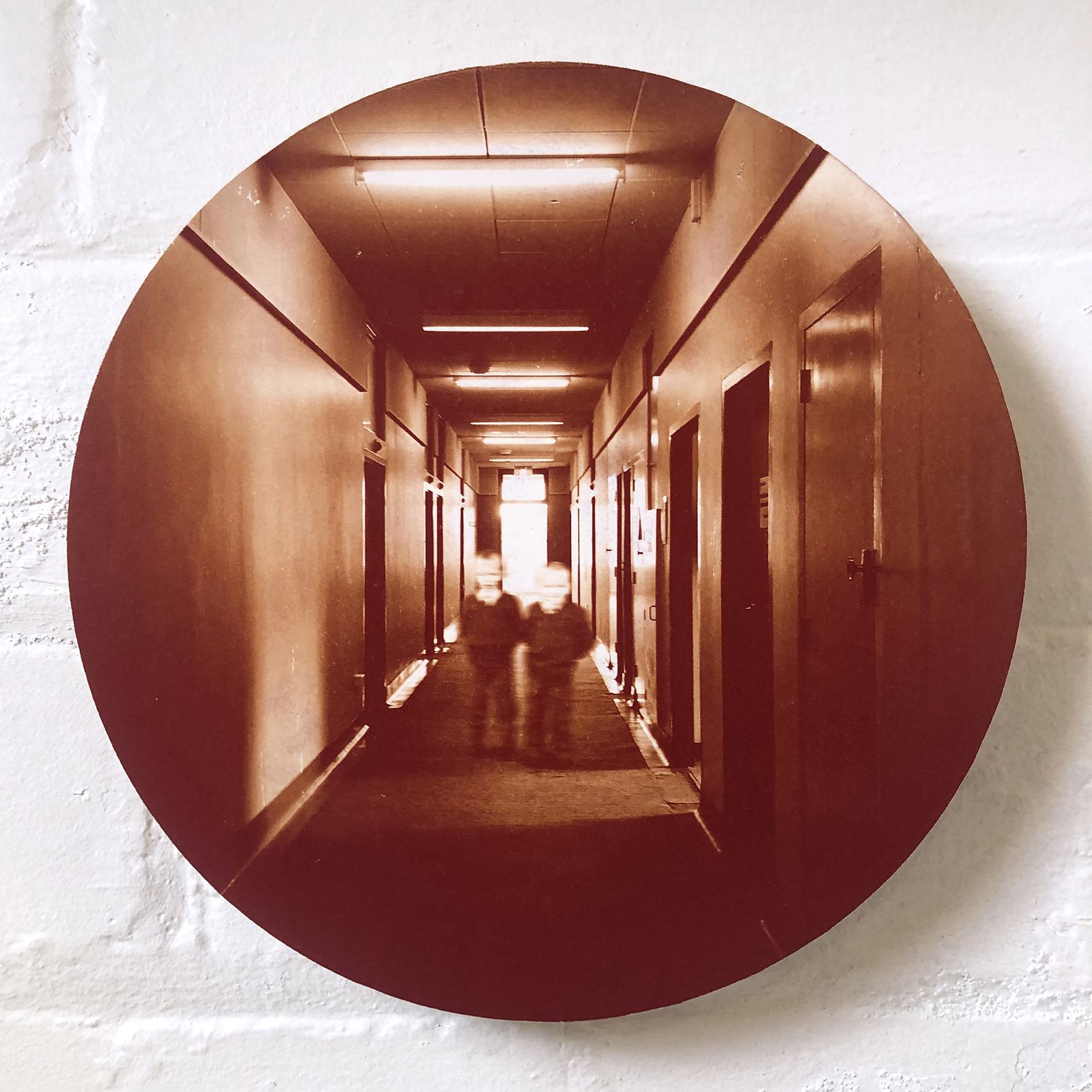
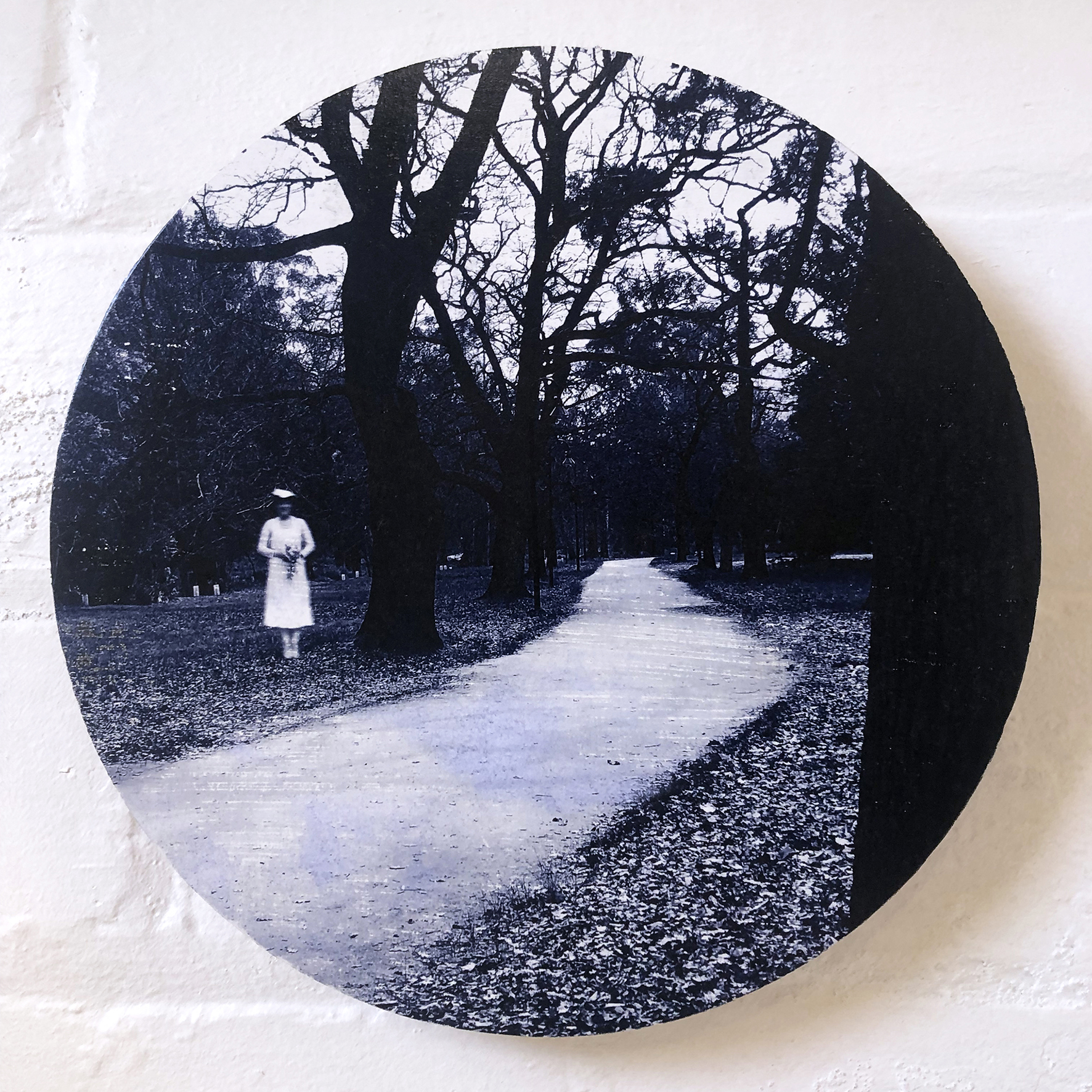
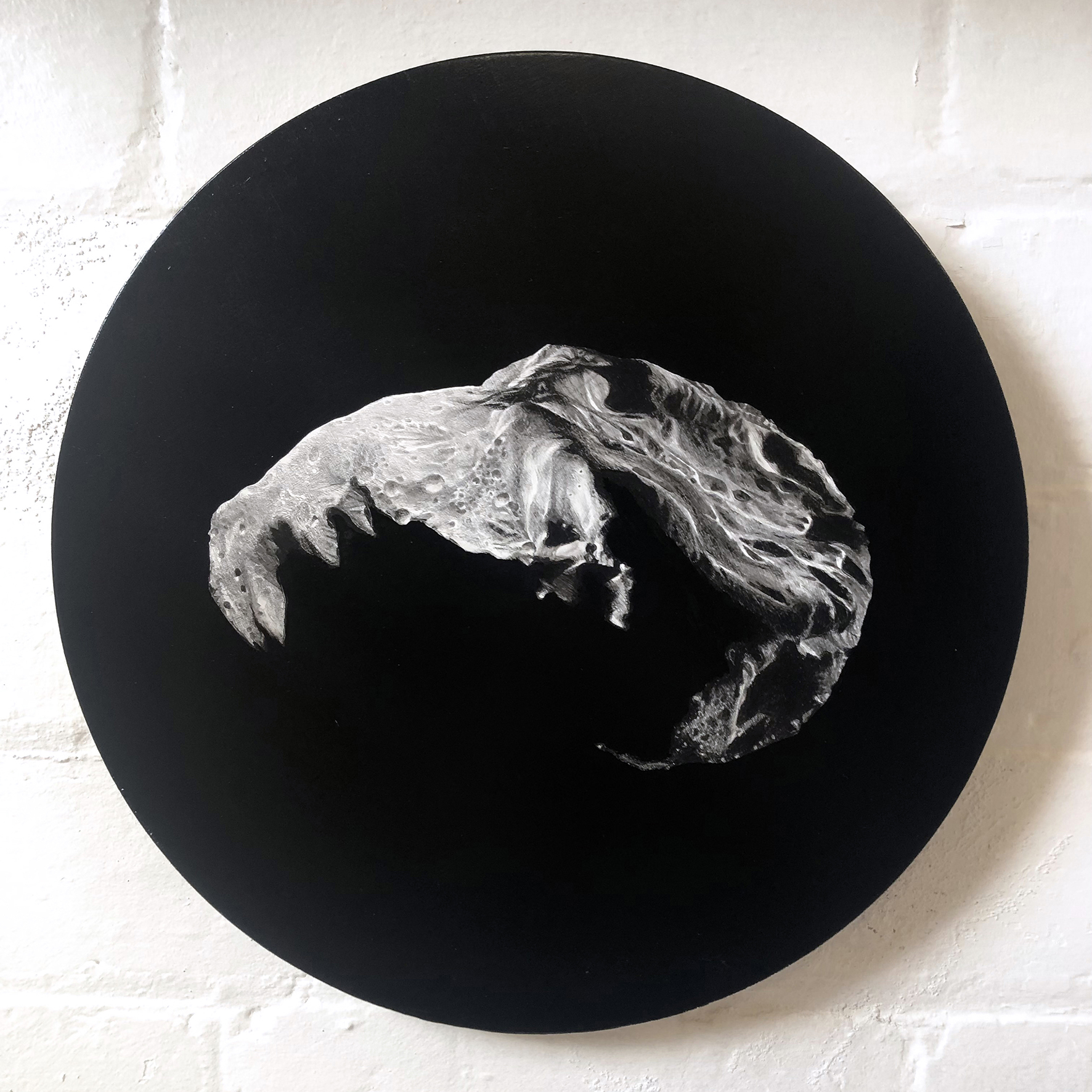
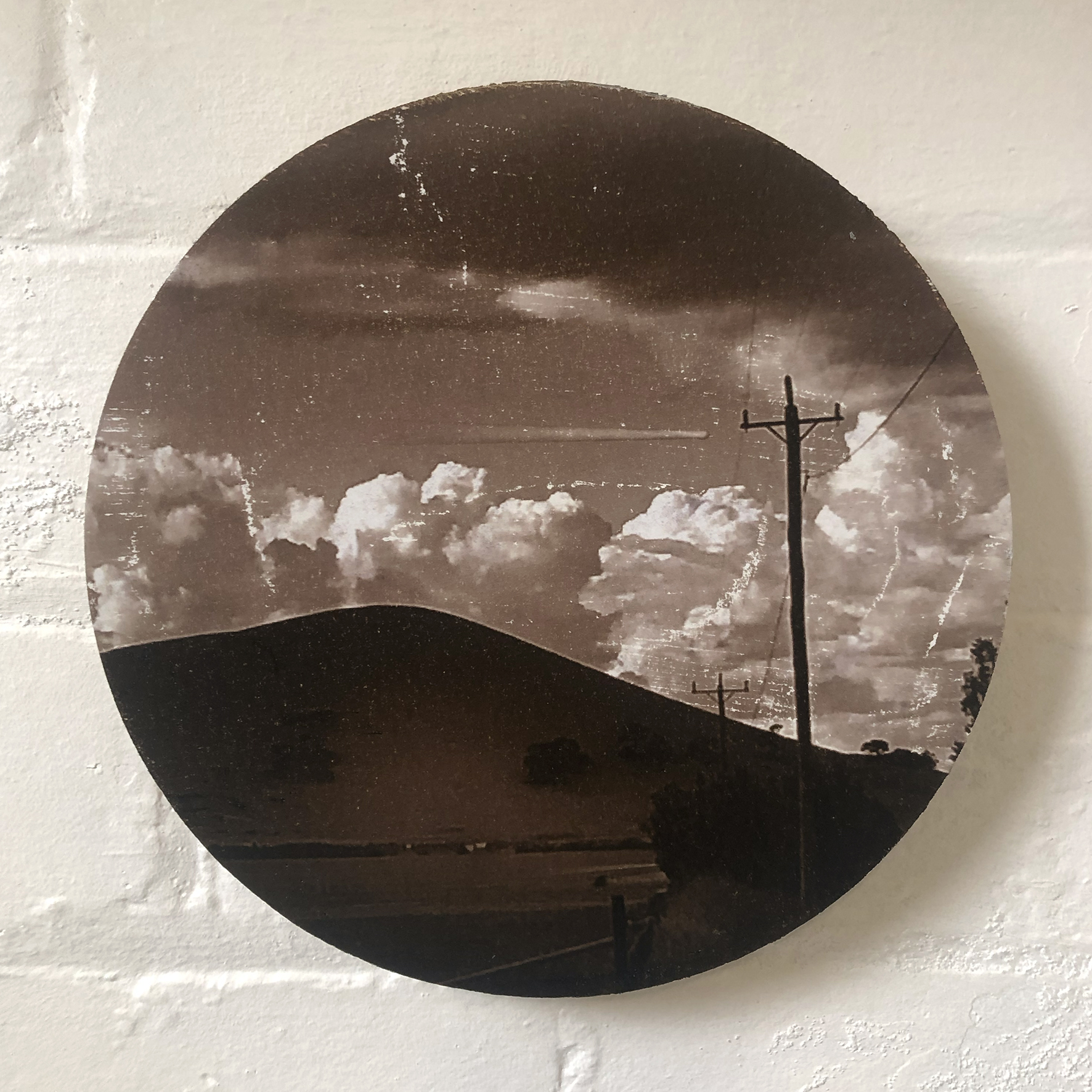
Q: What were some of the foundation ideas for this exhibition project?
A: I’ve been making haunting images for a little while now – haunted houses and ghost stories. Along the way I’ve become attuned to noticing when I feel subtle disquiet, as I’ve been tapping into those feelings in order to examine what haunts me. Recently, when I was going through a box of family photos I inherited, I noticed that amongst feelings of curiosity, familiarity and family connection was also another, more unsettled emotion. This feeling was harder to detect – much quieter. I realised it arose from the photographs of people I recognised as family but who were otherwise complete strangers. They were my distant family – undeniably close but unknown.
In this exhibition I’m looking into the uncanniness I perceived within those photos and making images cast in a spectral or alien light, so that what has previously fallen below consciousness becomes visible.
Q: How did the artwork selection take place?
A: This exhibition is a part of the Castlemaine Arts Open studio program, so I’m showing current studio practice. It brings together three bodies of related works: Distant Family, Distant Cousins and Family Tree. They are works about distant family with whom I share bloodlines spanning generations and oceans. The works play with the idea of feeling
simultaneously close and estranged, and how uncanny, confusing and haunting these conflicting emotions can be. They also explore what it’s like to be distant and view things from afar. All the works are rondels — circular works to hold ghost stories. They invite you to look into little portals that might transcend time and space.
The Distant Cousins prints present themselves as spirit photographs of apparitional visitations from lost relatives. Just as Victorian era spirit photographs used double exposures and other tricks to manifest impossible ghostly presences, the Distant Cousins works are composite images involving layered processes. Using software, they digitally collage landscape photographs I’ve taken with figures from family photos I’ve scanned. Each figure is then manipulated for anonymity, to release actual family members from my artistic narrative and replace them with imagined cousins. The final prints carry within them the hidden, deathly capacity of every photograph to embalm its subject in a time and place that can never be returned to, or in the case of spirit photographs, never was.
The Family Tree series expresses the wonder of fleeting encounters with strangers, their portentous arrival and the epic scale of such chance alignments. The works examine the awakening of poetic curiosity in our shared ancestry, making for romantic and dreamy images. These works invite error into the printmaking process for its expressive, emotional qualities. The imperfections allude to the dust, scratches and misadventures of life. There are also a number of drawings of asteroids in the show – the Distant Family works. The first time I recognised an
echo of the strangeness and closeness of distant family was while looking at images of asteroids from various space programs. I am quite mesmerised by images of asteroids. They’re these alien, celestial bodies sailing through the vastness of space, and yet sometimes we have passing encounters with them, so they are not entirely unfamiliar. Like the moon and Earth, they are vividly haunted by their giant impact craters, so on a primordial level we recognise the landscape. Asteroids have travelled eons just to pass within our range of sight and we are threatened by and in awe of them.
Q: What are some of the key works and what subject matter do they deal with?
A: The Family Tree works are faulty existence proofs. They lean into the idea of photographs as documentation whilst also nurturing doubts within the information that is lost to us. There’s a technical tension in these works between the things I can control and those I can’t. I have experimented with many aspects of the gel medium transfer technique to have some influence over what is lost and what remains.
In the Distant Cousins series visual detail is often lost unintentionally, with pigment dropouts and irregularities occurring throughout the transfer process. It is also lost intentionally, through the creation of narrative distance. Every cousin is hard to see and set back within the image plane, which is itself of intimate scale. The figures can be blurred beyond recognition or lost to the shadows.
Distant Cousins are the first works I’ve made about spirit photographs — the trick photos that emerged in the nineteenth century when the relatively young medium of photography crossed paths with the popular spiritualism movement. Such illusions of ghostly presences were often made by the double exposure of negatives. These days you can create such composites using software, as I have done here by bringing together landscape photographs with figures from family photos. I have a deep and ongoing relationship with hand cut collages and I find equal joy in working with digital collage.
When ‘gluing with software’, you have many choices about how you might influence the juxtaposition of pieces and how you might suppress or heighten the lines along which disparate pieces meet each other.
Distant Cousins and Family Tree also reference the inadvertent spectral effects that happen to hardcopy photographs over time – the chemical instability and fading out of aging photos. Lost stories and missing information are ghostly hallmarks. In these works I’m attempting to leave just enough room for proof and doubt to exist in tandem.
Drawing the Distant Family works is devotional — a move into the distance that separates us. They are imagined asteroids,
drawn from composite images I’ve made from space program photographs. I have to look closely to draw each landscape,
and its features are so strange that I often get lost and have to re-find where I am over and over. Sometimes I discover I’ve drawn a huge crater without realising, as I was looking at the tone and shape of much smaller, seemingly incidental, marks.
These detailed drawings can now be mistaken for photographs themselves, and the asteroids, with their pitted, chalky ghostliness, might be imagined as bones.
I have read estimates that say we need only to get to our 70th-or-so cousin removed to find we are all related to each other. I imagine it’s the mathematically exponential nature of branching family trees that makes such an incredible idea a possibility. It makes me wonder how many steps we are away, really, from the cosmic ash and dust we share with the universe? It feels like it’s much closer than we’d expect.
Q: What is it about the printmaking experience that you most appreciate?
A: Lately I find my work often dwells at the intersection of photography, collage and print, which all have spectral qualities. Printmaking is a deeply spectral media both in the images it creates and within its many processes. Process-driven Image inversions are common including lateral image flips, and positive and negative image states. When we work with an inverted image we are working with its shadow. Gel medium photocopy transfer has an interesting inversion. In this process the photocopy is adhered face down to a surface using gel medium. One dry, the paper at the back of the copy is lightly wetted and rubbed away, revealing the pigment below. What we see in a gel medium transfer print is actually the back of the pigment as it was printed by the copier. We are looking at the image from behind, which is why the original image must be flipped so that it will right itself by the end.
—
Distant Family (Melissa Proposch) is at Artpuff, The Mill, Studio 38, 9 Walker St Castlemaine, Victoria, until 1 April.artpuff.com.au
artpuff_studio
info@artpuff.com.au
—
Join the PCA and become a member. You’ll get the fine-art quarterly print magazine Imprint, free promotion of your exhibitions, discounts on art materials and a range of other exclusive benefits.
